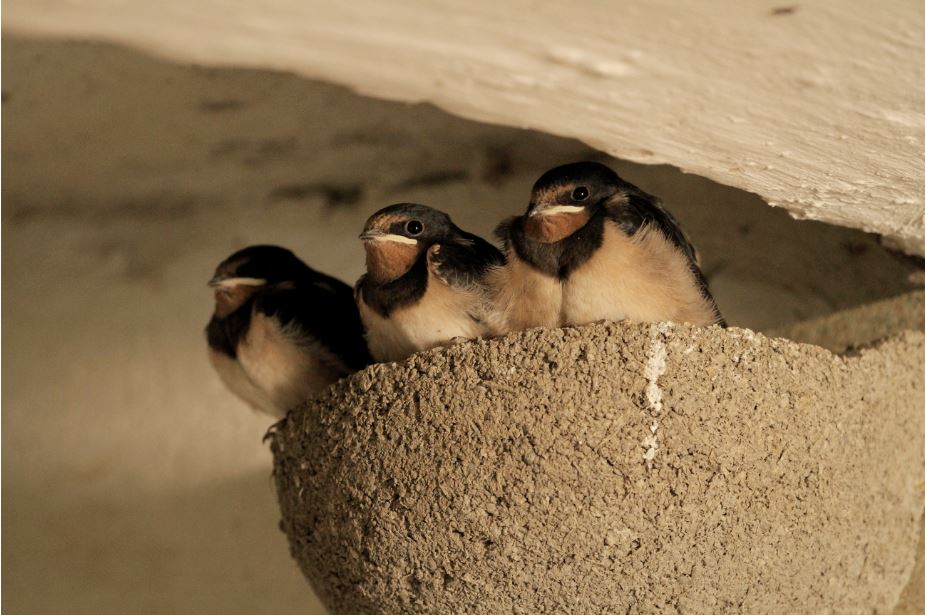Animals in cities

Topic & aims: Cities provide important habitats for numerous animal and plant species. In some cases, more species are found in cities than in rural areas. Structure-rich gardens with native plants, parks with old trees, as well as the design of buildings play a central role. In our work, we investigate the adaptability of animals to this new, anthropogenic habitat. We try to develop strategies to make cities more liveable for animals (and humans). In addition, the city is an important place of learning about biodiversity and its conservation for many people.
Approaches & methods: We use methods from population ecology, movement ecology, behavioral biology and physiology to study how animals use the urban habitat, how urban life affects their behavior and stress physiology, and how it affects population structures. We are developing approaches to enhance the city as a habitat for animals. For example, we apply standardized assessments of invertebrates to investigate how the ecological enhancement of green spaces affects biodiversity. From our findings we derive practical guidelines for action.
Contact:





